Meat eating is a burning topic lately. It is condemned by the environmentalists, and supported by the factories and farmers earning from it. Personally, I try to reduce the consumption of meat, especially from beef, and try to eat locally produced one, when possible.
Le Marche has its own beef breed, “Razza Marchigiana”. This type of cattle is white, and it has existed in the area for at least 1500 years. It used to help the farmers in the fields, as we talked about in the previous post about agriculture in our region. In the late 18th century, they were crossed with a meaty variety. In its present form, the breed exists since the 30s. The animals are very resistant to disease, the white colour protects them from direct sunlight and they are good feed recycler.
Here in the marchigiana area, you can buy beef at markets such as the Mercato delle Erbe in Ancona, at many local butchers and in some supermarkets. Also, some restaurants offer the meat. Mostly the variety denomination is clearly emphasized, because it guarantees good quality. In the butchery at our place, the meat comes exclusively from the area, the “marchigiana” beef is for example from the neighbouring Apiro.
A special kind of local meat are the “Carne IGP Vitellone Bianco dell’Appennino” – in English as “IGP white young beef from the Apennines”, a registered and controlled by the EU Designation of Origin. The animals may only come from a restricted area, namely the Apennines regions of Marche, Umbria and Abruzzo. Mainly local fodder must be given and the animals remain with the mother when rearing, instead of being raised with artificial milk. After 12 to 24 months the beef is slaughtered.
Walking in the mountains of Le Marche, you will often see free roaming cattle “Razza Marchigiana” – in the mountains it is not as warm in the summer as on the coast and the cattle are quite robust.
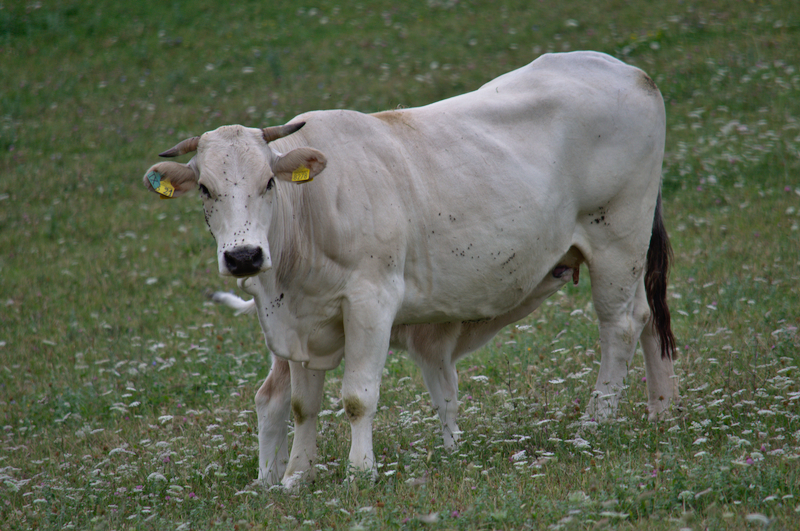
In the beautiful, around 1000 years old Camaldolese monastery Valdicastro there is now an agriturismo specializing in organic meat: there are marchigian cattle that live outdoors all year round. But, as the butcher says, they also have a stable that is always open so they can find shelter from the wind and weather.
The cattle are slaughtered in Cupramontana, 30 km away, in a small slaughterhouse: the owners of Valdicastro said they do not want the animals to die where they grow up and live. For that they would accept the short transport. The sale is in a small butcher’s shop in a building of the abbey.
By the way, you can also eat in the attached restaurant in the monastery and stay in one of the rooms afterwards. Ideal completion of a trip to the mountainous area around Valdicastro, San Romualdo or Canfaito.
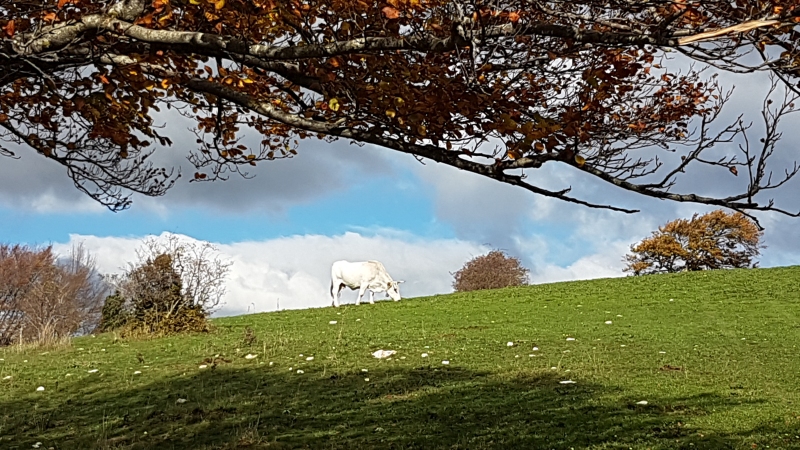
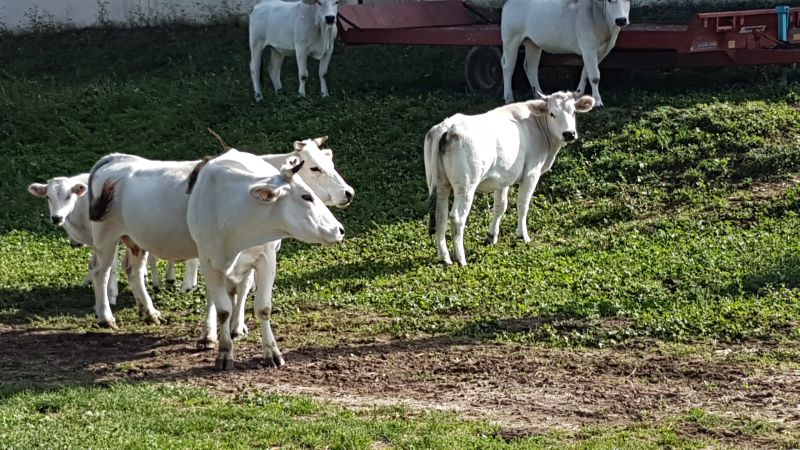

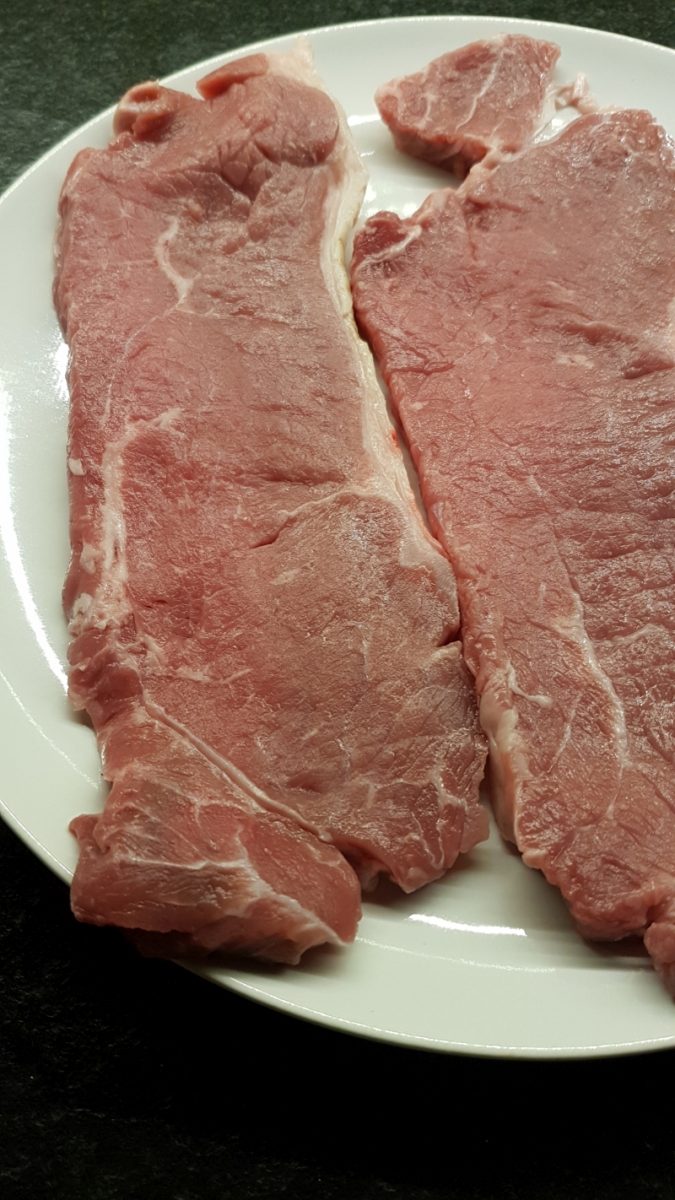
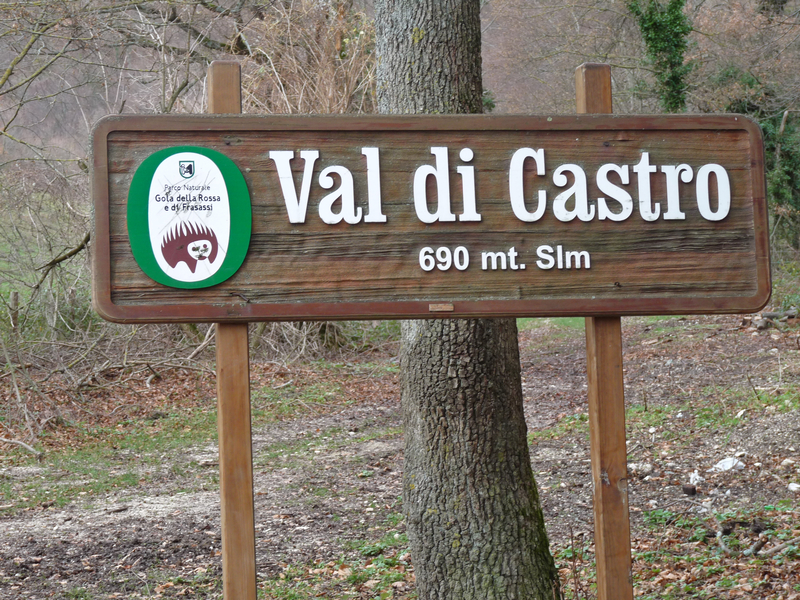
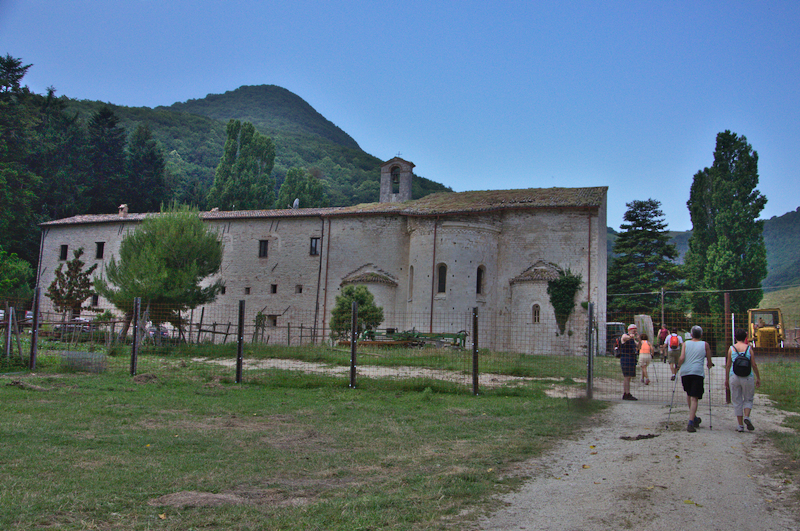
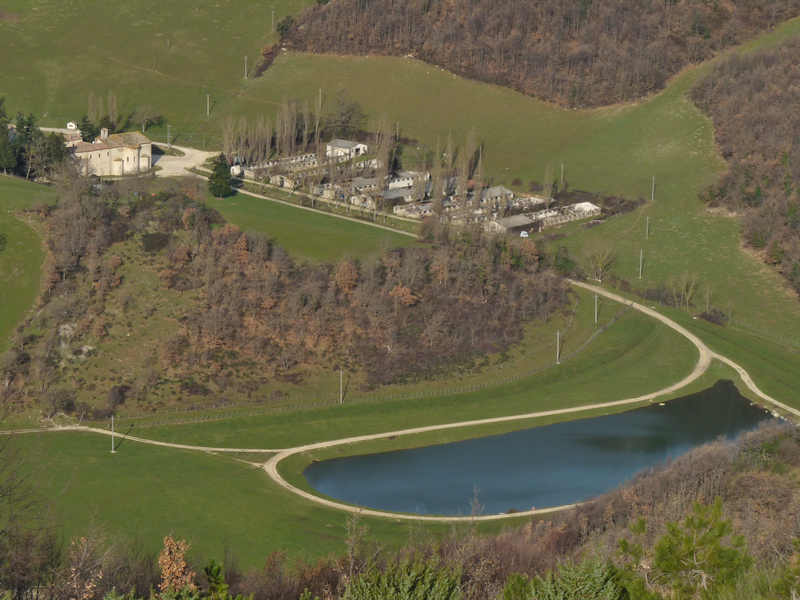
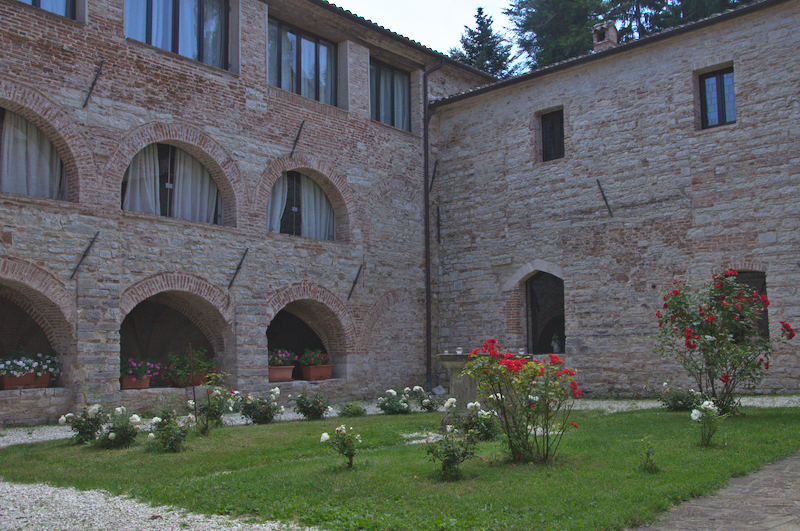
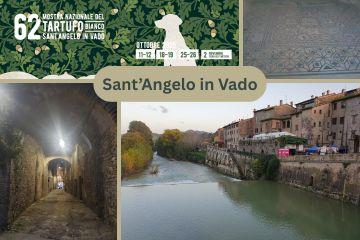
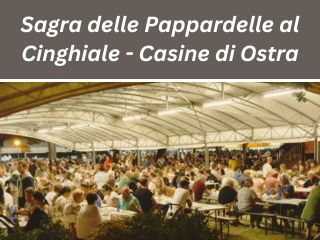
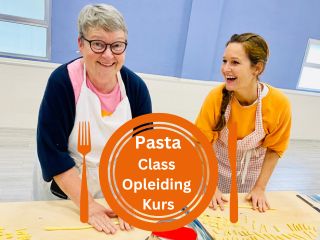
0 Comments